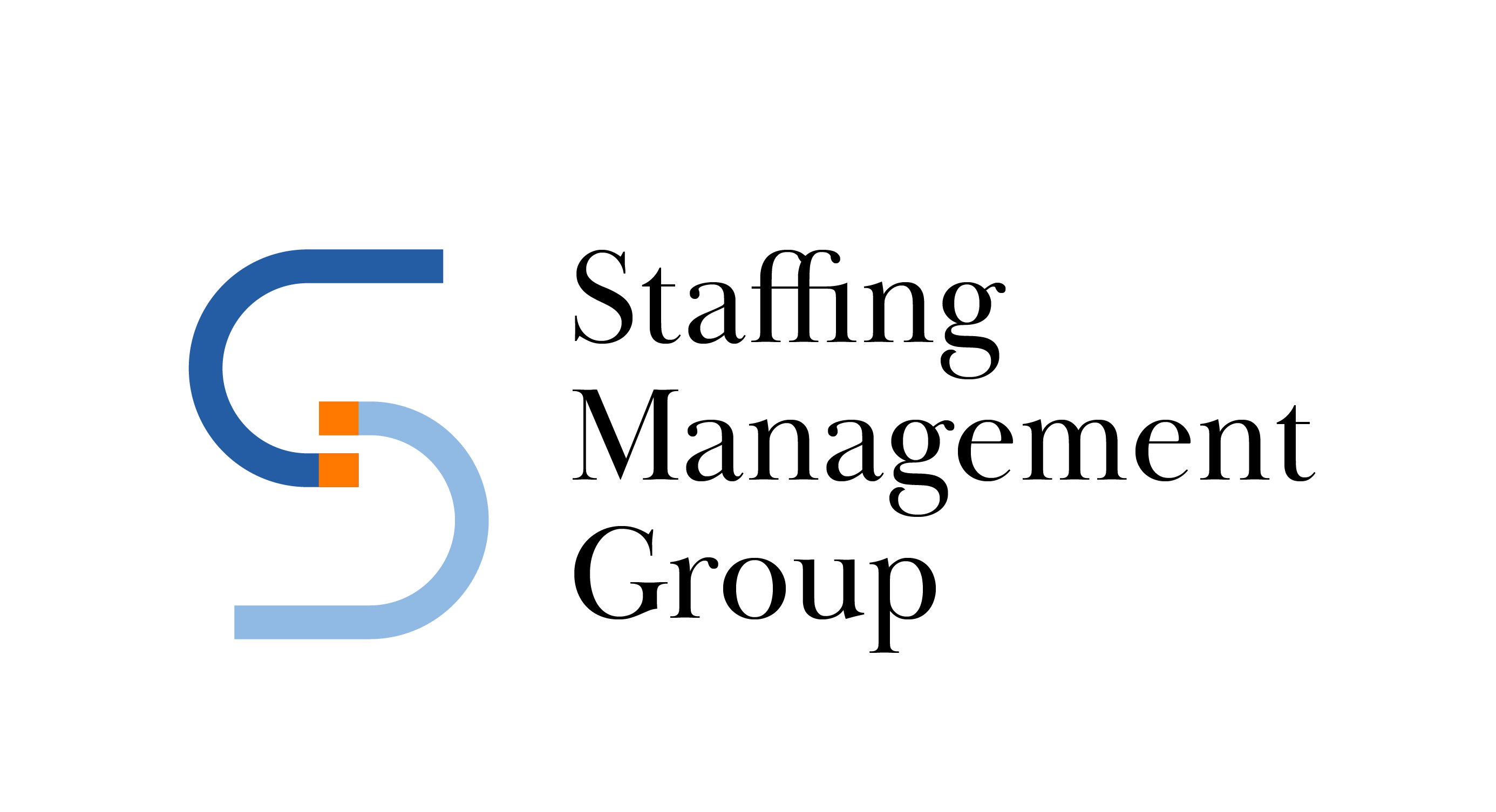Are You Using These Recruitment Metrics?
There’s always room to improve your hiring results.
For that, you’ll need to measure your hiring process’s effectiveness and identify improvement areas. Recruitment metrics allow you to quantify the effectiveness of the process you use to hire candidates for your company. The data is also helpful when you hire talent advisory services to scale your teams quickly.
Top four recruitment metrics
There are many recruitment metrics a business can potentially track. But it is neither necessary nor feasible to track all of them. Instead, focus on tracking the four most important metrics to optimize your hiring approach.
1. Time to fill
This metric tracks the average time it takes to fill a position. Compare it with the industry average for the job. You’ll know if you need to boost the speed of hiring. Your managers will understand the time it takes to hire for a particular role. Measuring the time to fill a vacancy will also tell you about the demand-supply scenario for jobs and how your hiring strategy should respond to avoid increasing the time to fill those jobs.
2. Quality of hire
Quality of hire looks at the first-year performance of candidates. It is calculated as follows:
The average quality of hire score for all hired candidates + percentage of hires retained in the first year/2
New hires can be rated on various parameters. ISO/TS 30411:2018 provides a range of options to measure the quality of hire:
- the performance of the employee after hire compared to the pre-hire expectations over a defined period
- how the new hire has contributed to the success of the organization during a defined period
- the percentage of employees retained over a defined period
- the ratio of separations against the total workforce over a defined period
- the minimum acceptable criteria set before hiring
- measurable result
Evaluating performance data is easier with the latest recruitment analytics technologies. Our talent advisory services can recommend reliable tools to capture performance data and assess new hires in an informed manner.
3. Cost per hire
This recruitment metric measures the average amount you spend on hiring. It is calculated as follows:
total recruitment cost/total number of hires
The cost per hire will vary based on the job. Hiring costs are the highest for executive-level candidates.
There are different direct and indirect costs associated with hiring. The direct costs of hiring include advertising, event, and staffing business consulting fees, background checks, and the cost of medical coverage and other benefits. Indirect costs include lower productivity of new hires, hours spent training new hires, and weakening employee morale when the business is witnessing a high turnover.
4. Hiring manager satisfaction
The hiring manager’s satisfaction with new hires also helps to evaluate hiring quality. Higher scores indicate that candidates are likely to perform to expectations. Lower scores suggest hiring issues that failed to recognize quality candidates for those roles.
Optimize your hiring process with our talent advisory services
Staffing Management Group provides recruiting solutions and analytics to grow your team with quality hires and improve your hiring process. Our team has spent decades helping businesses with their staffing needs. We have a nationwide presence through our Authorized Partner Program – drop us a line, and we’ll get back to you quickly.
